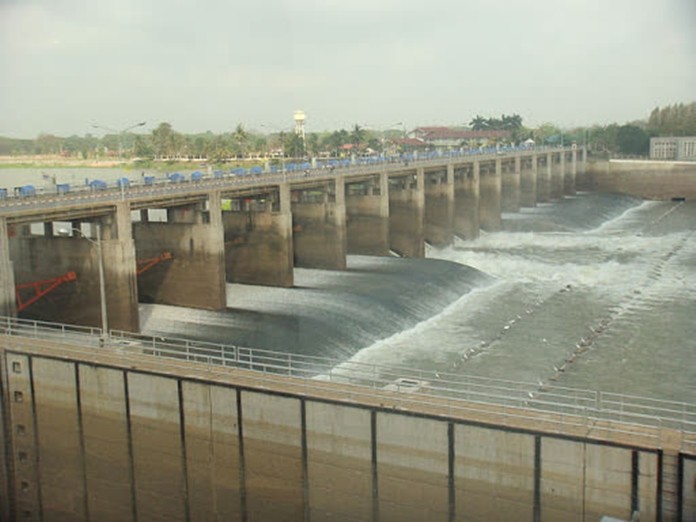
BANGKOK – The drought disaster this year seems to be lasting longer, as the rainy season is expected to arrive late. Given this forecast, the Office of the National Water Resources (ONWR) has stepped up its plans to mitigate the disaster, while keeping an eye on possible seawater intrusion into the Chao Phraya River.
In their latest meeting, the ONWR has acknowledged a forecast from the Meteorological Department expecting the rainy season this year to arrive 1-2 weeks late, in late May, thus requiring enhanced drought mitigation plans to ensure water availability in the community.
The ONWR currently has some 3,000 drought fighting projects for the 2019-2020 dry season, including the construction of groundwater wells, surface water sources allocation, waterworks systems restoration, raw water pipe laying, and pumping station construction.
The office has urged contractors and related agencies who have already received their budget to push forward the operations, as well as prepare water delivery plans before the rainy season arrives. Delivery plans need to be confirmed for 12 lowland areas along Chao Phraya River, and Bang Rakam field used for water retention, in order for villagers to prepare themselves accordingly.
On the issue of seawater intrusion into the Chao Phraya River, the ONWR has been supervising the transfer of freshwater from Mae Khlong River Basin into the Chao Phraya River in order to lock out seawater surges. This method has been proven successful in helping reduce the water discharge from upcountry into Chao Phraya Dam.
Even so, the situation continues to register higher than standard saline levels during some periods, including the next 2-3 days when sea water levels will rise, and then again on 9th-11th March. During these times, water pump capacity will be reduced, and raw water drawn from the Chao Phraya River will be mixed with fresh reserve water, causing the saline level to be well within the standard for acceptable consumption.
 |
 |
 |





